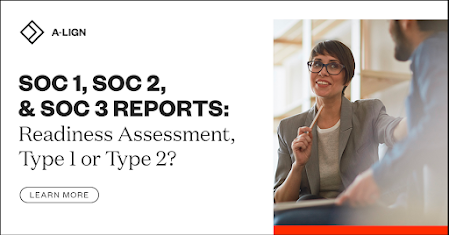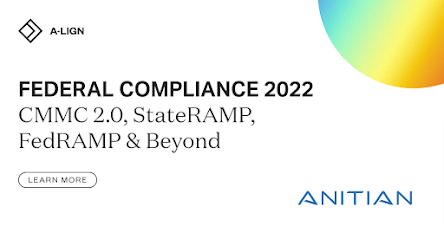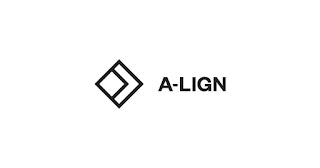SOC 1, SOC 2, and SOC 3 Reports: Type 1, Type 2 or Readiness Assessment?

SOC reports are gaining in popularity across industries and across the globe. More and more customers are asking for demonstrated SOC compliance, and independent cybersecurity control validation and attestation are becoming necessary to compete for high-priority contracts. Beyond customer demand, SOC reports ensure that controls are properly implemented and used within your organization, greatly reducing potential security threats. For organizations seeking a SOC 1 , SOC 2 , or SOC 3 report, there are two attestation options available: Type 1 and Type 2. Additionally, a readiness assessment can be performed to prepare your organization for the attestation. With so many options, what type is best for your organization to prove compliance? Our experienced assessors break down the options so the path to compliance is clear between SOC 1, SOC 2 and SOC 3. We then dive into the various types of SOC reports: Type 1, Type 2 and a readiness assessment. SOC 1 Report A SOC 1 report foll...



